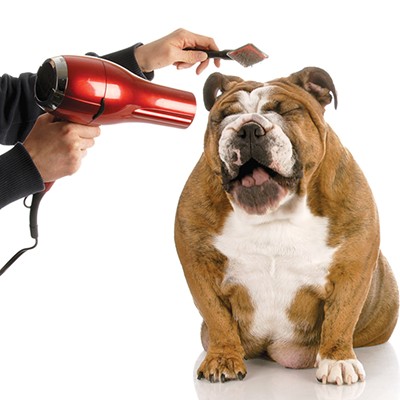Ever since the day the first feline became a house cat, destructive cat scratching has plagued owners. All the affection and loving care owners shower upon their cats can feel like wasted energy when the thanks they get looks more like hatred: shredded furniture, carpet and curtains.
It’s a normal human response to be angry or frustrated about damage inflicted by cats’ scratching, but equally normal is a cat’s need to scratch. Cat scratching is a behavior that fulfills both physical and emotional needs. Cats scratch to stretch their bodies, maintain their hunting and climbing skills, groom their claws and mark their territory, showing they’re in a safe space.
However, these behaviors cats exhibit to establish a safe living space can be anything but pleasant for their human companions. This can lead frustrated owners to take drastic measures to modify behavior, but those decisions can be risky, especially when it comes to a permanent and potentially harmful practice like declawing.
Many pet owners believe that declawing their cats is a harmless and quick fix for unwanted scratching, similar to trimming one’s nails. However, if a declawing procedure were performed on a human being, it would be like cutting off each finger at the last knuckle.
“Not only does the practice cause pain, it removes an important self-defense tool and the surgery itself poses risks related to anesthesia and infection,” said Dr. Valarie V. Tynes, president of the American College of Veterinary Behaviorists, licensed veterinarian and veterinary services specialist at Ceva Animal Health. “All of this can lead to behavioral issues that may be worse than a shredded couch.”
Declawing is an irreversible measure to address a normal behavioral issue in cats. Declawed cats may be less likely to use a litter box, more likely to bite and the disruption of the natural scratching behavior can cause lasting physiological problems.
That sentiment is echoed by national organizations such as the American Association for Feline Practitioners, which deems the practice of declawing an ethically controversial procedure that is not medically necessary in most instances. In fact, declawing cats is now illegal in several U.S. cities.
Find alternatives to declawing, and cat-scratching solutions, at savethecouches.com.
DIY Scratching Post
Designating a spot for your cat to safely scratch is one of the most effective ways to minimize damage to your possessions. A homemade scratching post is a quick and easy project.
1. Cut foot-long length of 4-by-4-inch wood and a 1-foot square piece of plywood. The exact sizes can vary, but these are good starting points that you can adjust up or down, depending on your space.
2. Sand away splinters and rough edges.
3. Add a sturdy fabric wrap or paint to lend aesthetic appeal to the plywood base.
4. Wrap the post tightly with heavy-gauge rope or carpet scraps (or both), securing tightly with glue and reinforcing with a staple gun.
5. Securely attach the post to the base using a long bolt.
6. Place the post in an area your cat enjoys spending time, and consider adding a pheromone therapy spray to attract your cat to the post.










